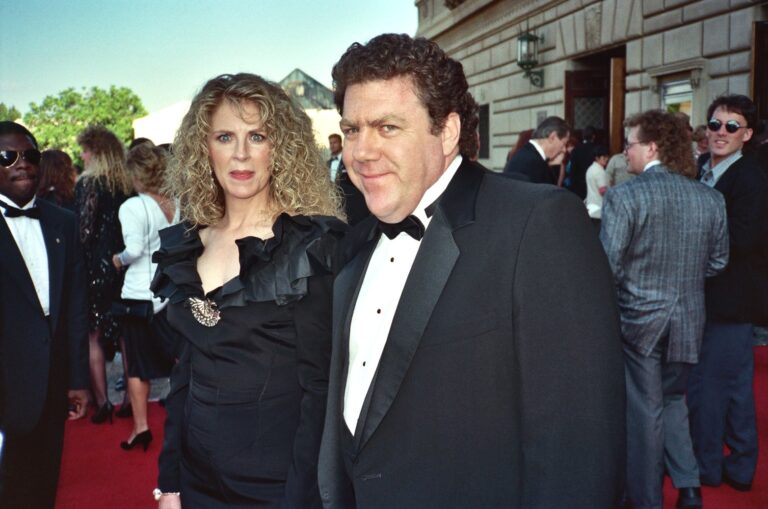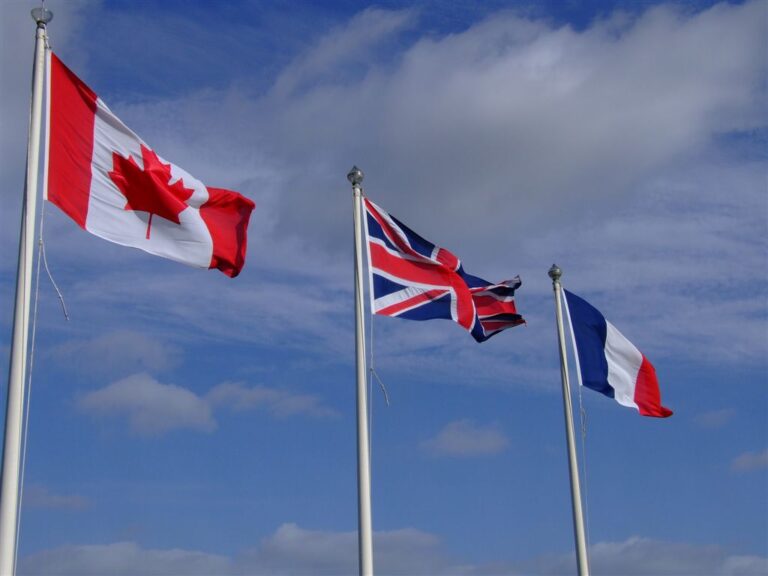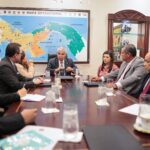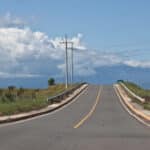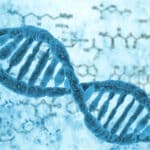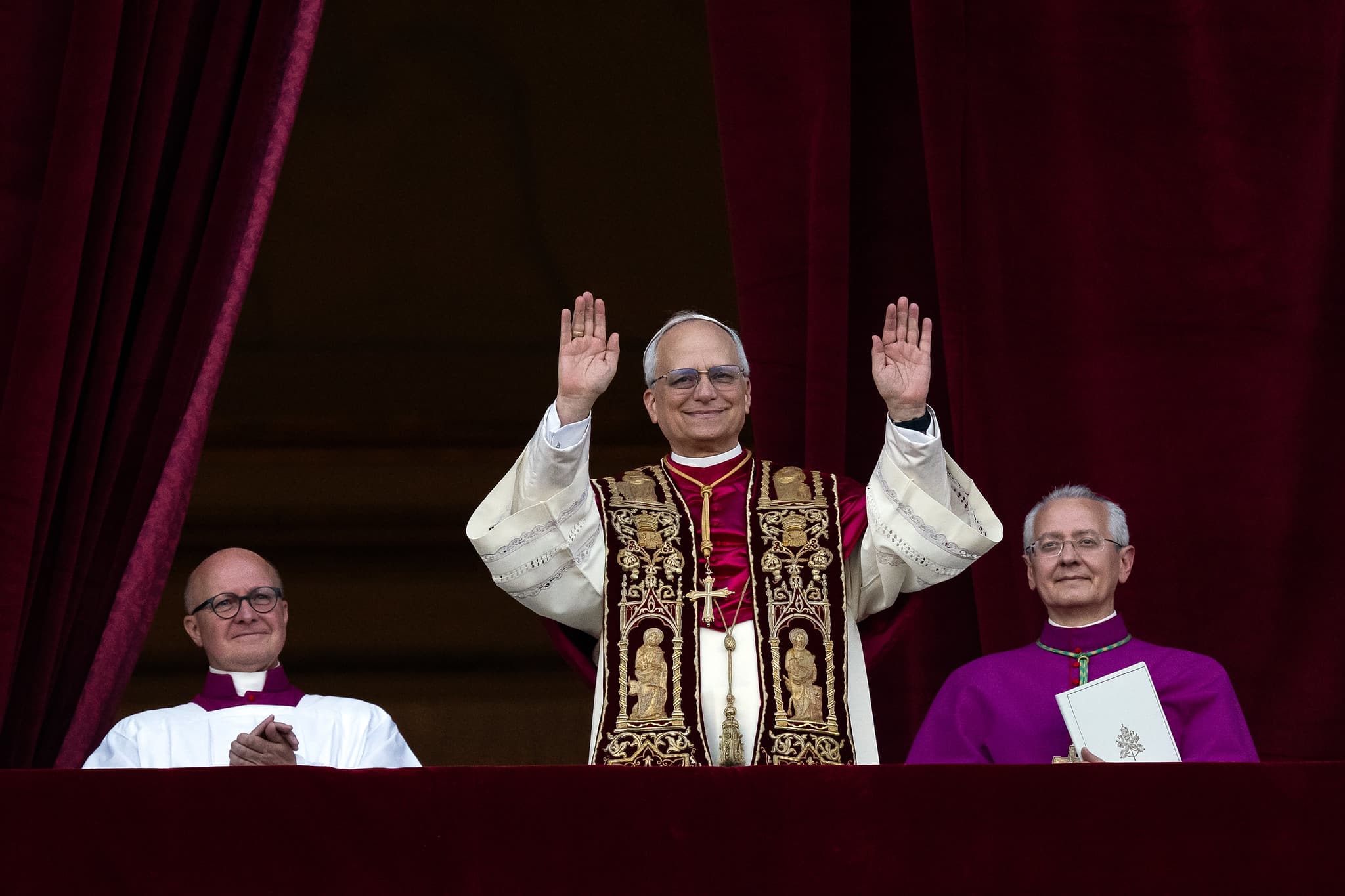
As Pope Leo XIV begins his leadership of the Roman Catholic Church, new discoveries about his ancestry are shedding light on the United States’ long and complex history with immigration and racial identity. A recent report by the genealogy platform Ancestry has revealed that the new pope’s paternal grandfather came to the U.S. from Milazzo, a town in northeastern Sicily.
Senior genealogist Kyle Betit, who led the research, confirmed that John R. Prevost – originally named Salvatore Giovanni Gaetano Riggitano – arrived in New York in 1903 aboard the steamship Perugia.
This journey made him one of the nearly 4 million Italians who immigrated to America between 1880 and 1915, many of whom were seeking a way out of poverty and political unrest in southern Italy.
Pope Leo, born in Chicago as Robert Prevost, mentioned his immigrant roots during his first address to diplomats at the Vatican. He said that his personal story is that of someone descended from people who chose to leave their homeland behind.
His remarks came as he emphasized the need to respect the dignity of migrants — a statement that some viewed as a subtle challenge to ongoing immigration policies in the United States under President Donald Trump’s second term.
An Italian Name, an American Life
According to documents including a 1940 foreign national registration form, Riggitano lived in Chicago and taught several languages, including Italian, French and Spanish. Over time, he adopted the name John and took his wife Suzanne Prevost’s surname.
More twists and turns in Pope Leo XIV’s genealogy. His paternal grandfather was actually an immigrant from Sicily named Salvatore Riggitano. Riggitano apparently changed his name to “John Prevost”.
— Vincenzo Anastagi (@VincenzAnastagi) May 17, 2025
The world is getting a glimpse into the “Wild West” that is American genealogy. https://t.co/X8oFHb87So
Their son, Louis Marius Prevost, married Mildred Agnes Martinez. Mildred’s father, Joseph, was born on the island that includes both Haiti and the Dominican Republic. He and Mildred’s mother, Louise, once lived in New Orleans’s Seventh Ward, an area historically home to Creole families — a group that often included people of mixed racial heritage.
Historical records reviewed by genealogists show that the Martinezes once identified as Black. However, after relocating to Chicago by 1920, the family began identifying as white, a decision not uncommon during a time when racial discrimination in the American South pushed many to change how they were classified on official documents.
From Chicago Roots to the Vatican
Louis and Mildred raised their family in the Catholic faith, including their youngest son, Robert, who became a priest in 1982. He later served as the global leader of the Augustinian religious order and then as bishop in Peru. In 2023, Pope Francis named him a cardinal. Just months later, on May 8, he was elected to lead the global Catholic Church following a conclave in Rome.
Betit, the lead genealogist at Ancestry, noted the symbolic nature of Leo’s journey — his grandfather left Italy to start a new life in the U.S., and now, his grandson has returned to Italy to lead one of the world’s largest religious institutions.
Even before becoming pope, Leo was active in discussing immigration and social justice. As a cardinal, he shared articles that pushed back on political views suggesting national loyalty should take priority over compassion for others. One of those posts criticized Vice President JD Vance’s comments equating Catholic values with putting one’s own country first.
During his Friday speech to ambassadors, Leo stressed that a person’s dignity does not change based on their health, employment status, or place of residence. He said all people, no matter where they are, deserve respect because they are valued by God.
Vice President Vance is expected to attend the pope’s inaugural Mass on Sunday, leading a U.S. delegation to the Vatican.

